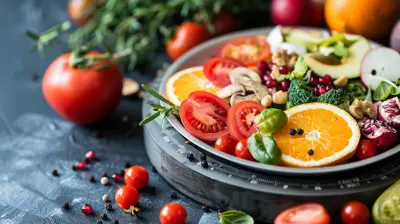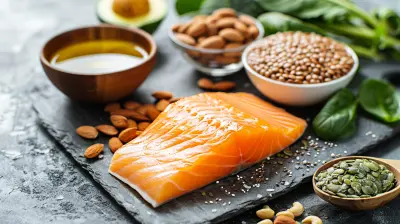The Role of Histamine and Other Chemicals in Food Allergies
26 June 2025
Food allergies have become a hot topic in recent years. Whether it's a peanut allergy that sends someone to the ER or mild intolerance that causes discomfort, food reactions are more common than ever. But what exactly is happening inside the body when someone has a food allergy?
Well, it's all about chemistry! Certain chemicals, especially histamine, play a major role in allergic reactions. But histamine isn't the only player—other compounds also contribute to allergy symptoms. In this article, we'll break it all down, from how histamine functions in food allergies to the other chemicals that make these reactions so unpleasant.
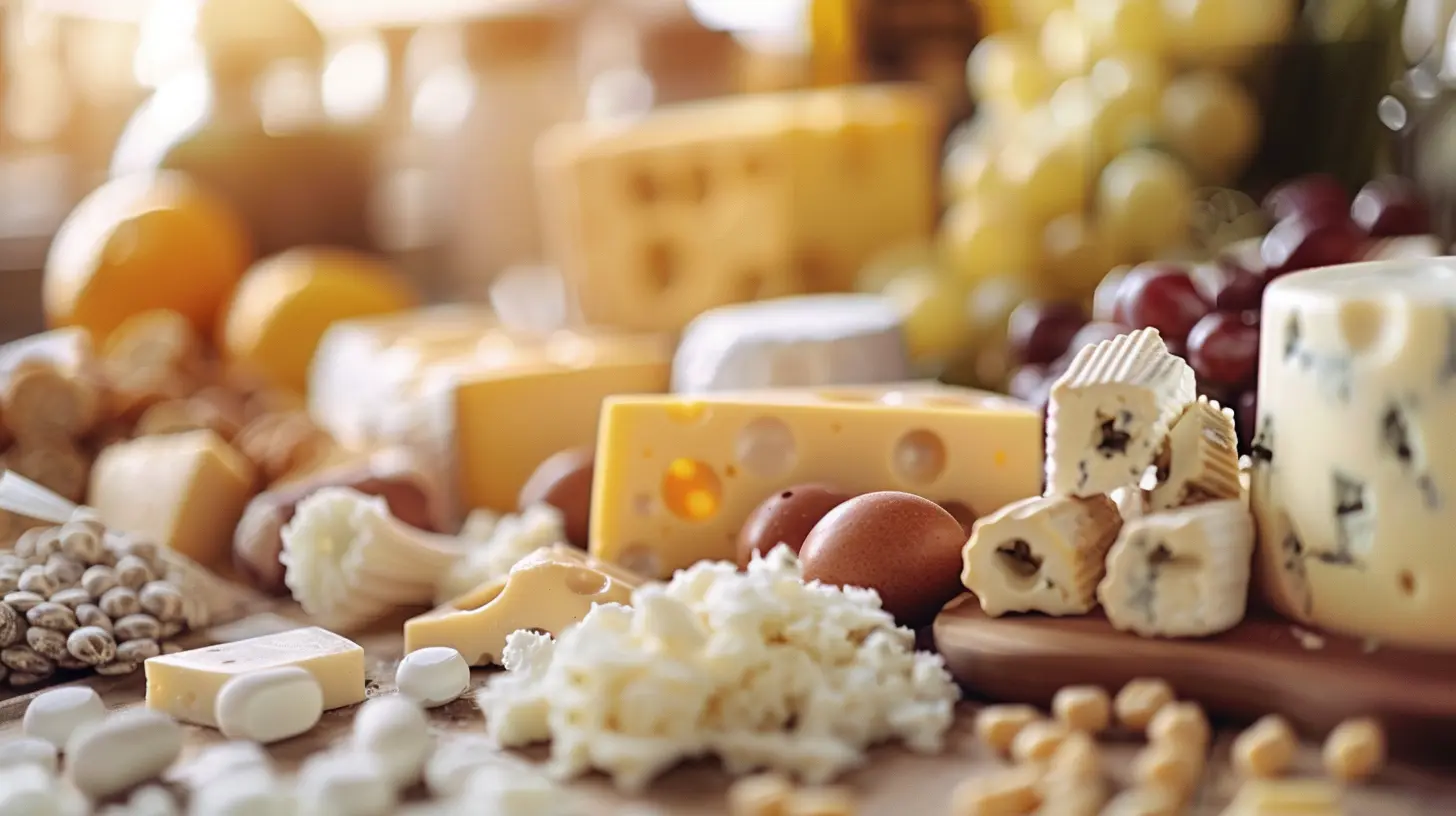
What Is Histamine?
Histamine is a naturally occurring compound involved in several bodily functions. It plays a key role in immune responses, acts as a neurotransmitter, and even helps regulate stomach acid production. However, its most infamous role is in allergic reactions.When your immune system mistakenly identifies a harmless food as a threat, it triggers the release of histamine and other chemicals. This leads to the classic symptoms of an allergic reaction—itchiness, swelling, nasal congestion, hives, and, in severe cases, anaphylaxis.
How Histamine Triggers Food Allergies
So, how exactly does histamine cause these reactions? It all starts with the immune system overreacting to a protein in food. Here's what happens step by step:1. Sensitization – The first time your body encounters the allergen, your immune system mistakenly labels it as dangerous and produces immunoglobulin E (IgE) antibodies. These attach to mast cells and basophils, which are immune cells loaded with histamine.
2. Re-exposure – The next time you eat the offending food, your immune system goes into overdrive. The allergen binds to the IgE-loaded mast cells, causing them to release large amounts of histamine and other chemicals.
3. Symptoms Appear – Once histamine floods the bloodstream, it binds to various receptors in the body, triggering inflammatory responses. Blood vessels dilate, leading to redness and swelling. Fluid leaks into tissues, causing hives and itching. In severe cases, the airways tighten, making it hard to breathe.
The Connection Between Histamine and Food Intolerances
Now, not all histamine-related food reactions are allergies. Some people have histamine intolerance, where their body struggles to break down histamine properly. This is often due to low levels of diamine oxidase (DAO), the enzyme responsible for breaking down dietary histamine.Common high-histamine foods include:
- Aged cheeses
- Fermented foods (kimchi, sauerkraut, yogurt)
- Cured meats
- Alcohol, especially red wine
- Certain fish (tuna, mackerel, sardines)
People with histamine intolerance may experience allergy-like symptoms (headaches, flushing, digestive issues) but without the immune system involvement typical of a true allergy.

Other Chemicals Involved in Food Allergies
Histamine may get most of the attention, but it's not acting alone. Several other chemicals contribute to the body's response to food allergens.1. Leukotrienes
Leukotrienes are inflammatory molecules released alongside histamine. They are particularly responsible for bronchoconstriction, meaning they cause the airways to tighten. This is why food allergies can sometimes feel like an asthma attack.2. Prostaglandins
Prostaglandins play a key role in inflammation and pain. They contribute to symptoms like:- Swelling
- Increased mucus production
- Gastrointestinal discomfort
This is why some people with food allergies experience stomach cramps and diarrhea—it’s not just histamine but a whole storm of inflammatory chemicals at work!
3. Tryptase
Tryptase is an enzyme released by mast cells during allergic reactions. It helps break down proteins but also contributes to tissue damage and inflammation. Elevated levels of tryptase in the blood can indicate a severe allergic reaction.4. Cytokines
Cytokines are signaling molecules that help regulate immune responses. Some cytokines, like interleukins, amplify allergic reactions by attracting more immune cells to the site of the allergic response. This can worsen inflammation and prolong symptoms.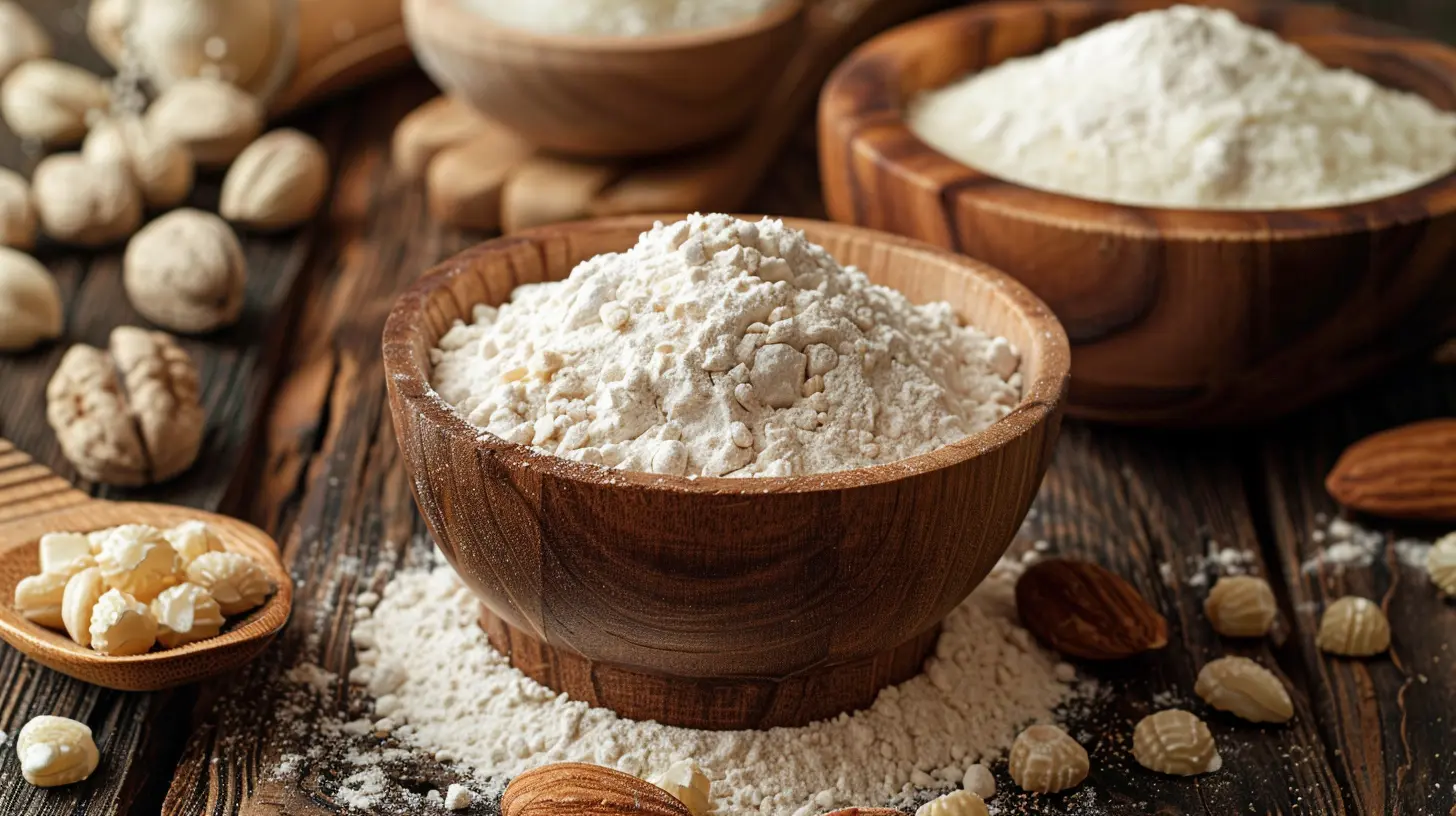
Why Some People Are More Prone to Food Allergies
Ever wondered why some people can eat peanut butter without a problem while others go into anaphylactic shock? It all comes down to genetics and immune system sensitivity.Some factors that increase the risk of food allergies include:
- Genetics – If your parents have allergies, you're more likely to develop them.
- Leaky Gut Syndrome – A compromised gut lining can allow allergens to enter the bloodstream more easily, triggering immune responses.
- Early Dietary Exposure – Studies suggest introducing allergenic foods early in life may reduce the risk of developing allergies later.
- Environmental Factors – Pollution and changes in gut microbiota may influence immune system reactivity.
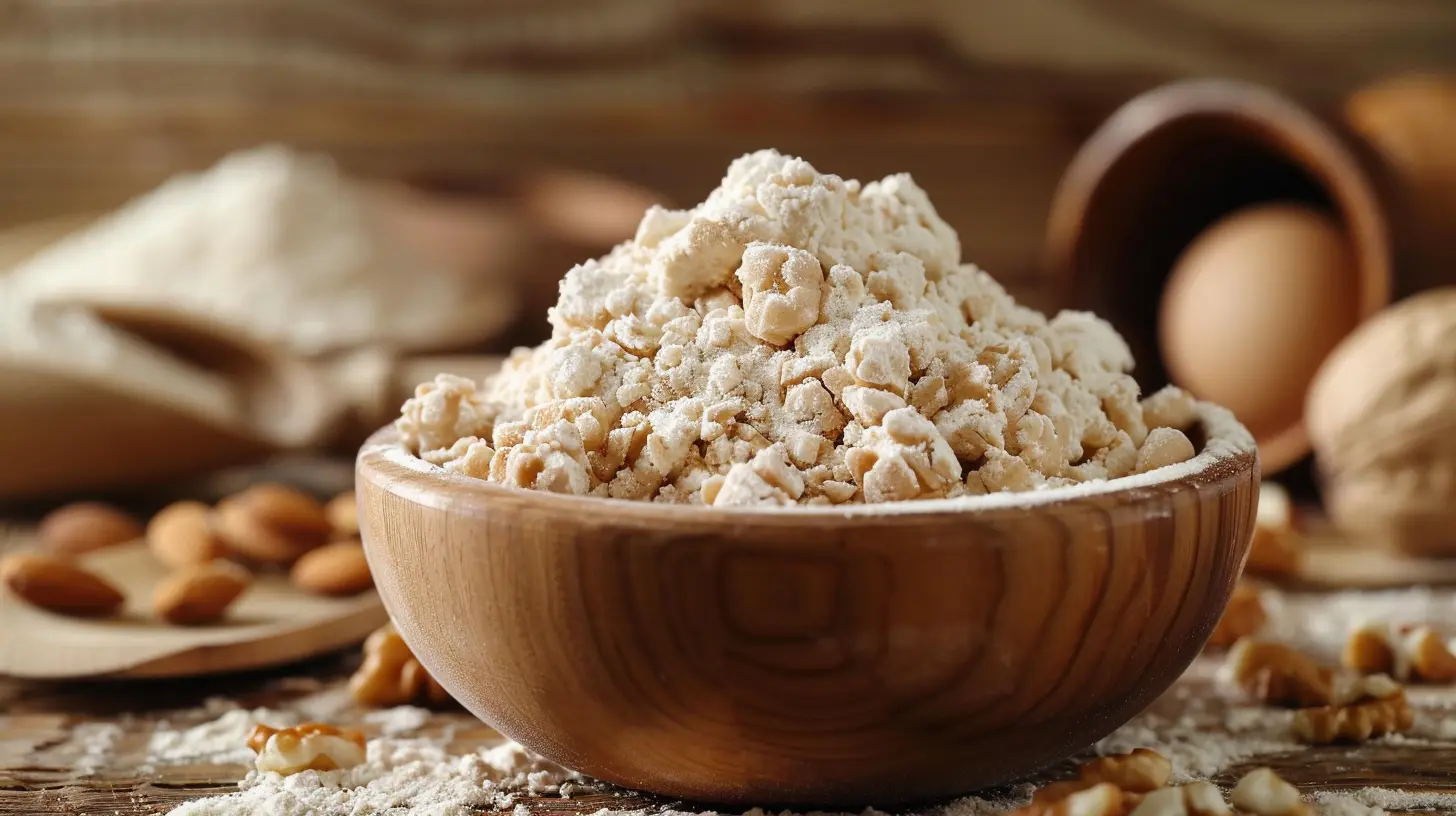
Managing Histamine and Other Allergy-Related Chemicals
If you have food allergies or histamine intolerance, avoiding trigger foods is the most effective way to prevent reactions. However, there are also several strategies to manage these symptoms.1. Antihistamines
Over-the-counter antihistamines block histamine receptors, reducing symptoms like itching, swelling, and runny nose. Common antihistamines include:- Loratadine (Claritin)
- Cetirizine (Zyrtec)
- Diphenhydramine (Benadryl)
However, antihistamines won’t stop anaphylaxis, so people with severe allergies should always carry an epinephrine auto-injector (EpiPen).
2. DAO Supplements
For those with histamine intolerance, DAO enzyme supplements can help break down histamine from food, reducing symptoms.3. Anti-Inflammatory Diet
Eating an anti-inflammatory diet rich in antioxidants (fruits, vegetables, omega-3 fatty acids) can help stabilize mast cells and reduce allergic reactions.4. Probiotics and Gut Health
A healthy gut microbiome can influence immune responses. Probiotic-rich foods (yogurt, kefir, kombucha) and prebiotics (fiber-rich foods) may help balance immune function.Final Thoughts
Histamine and other chemicals play a crucial role in food allergies, triggering everything from mild skin reactions to life-threatening anaphylaxis. While histamine is the primary culprit, other compounds like leukotrienes, prostaglandins, and cytokines also contribute to inflammation and allergic symptoms.Understanding how these chemicals work can help those with food allergies or histamine intolerance manage their symptoms more effectively. Whether through diet, medications, or gut health strategies, there are ways to keep allergic reactions in check.
If you suspect a food allergy, always consult with a doctor or allergist for proper testing and management. After all, your body’s chemistry is complex—and knowing what’s behind your allergic reactions can help you take control of your health!
all images in this post were generated using AI tools
Category:
Food AllergiesAuthor:

Laurie Barlow
Discussion
rate this article
1 comments
Allegra Phelps
Great article! It’s essential to understand the role of histamine and other chemicals in food allergies. Your insights will empower readers to make informed choices and better manage their health. Thank you for shedding light on this important topic! Keep up the fantastic work!
July 6, 2025 at 3:36 AM

Laurie Barlow
Thank you so much for your kind words! I'm glad you found the article helpful. Your support means a lot!

